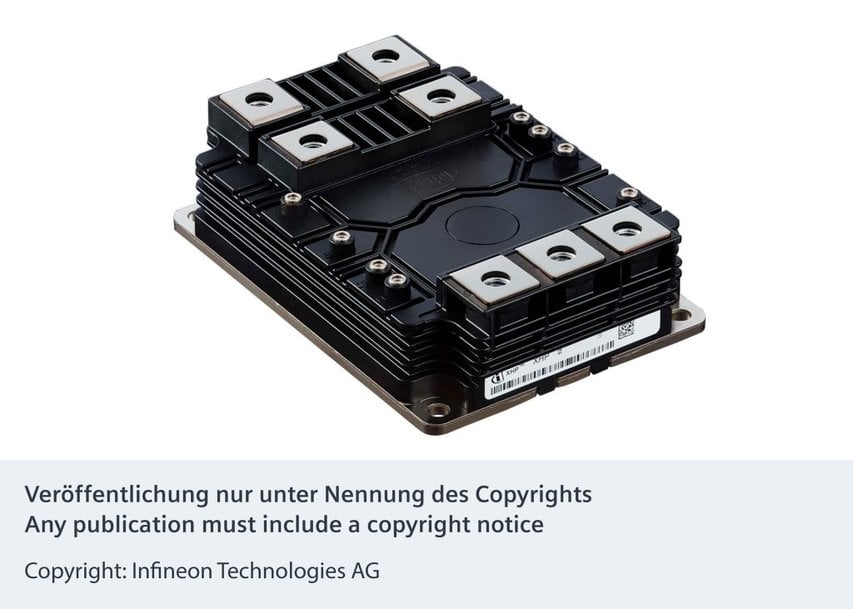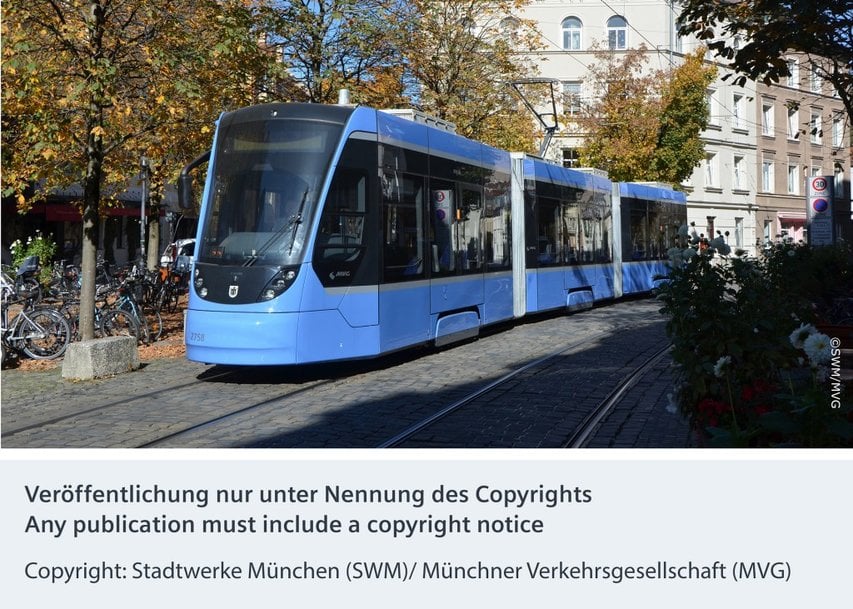www.industry-asia-pacific.com
04
'21
Written on Modified on
SIC SEMICONDUCTOR TECHNOLOGY IN TRAM: SIEMENS MOBILITY AND STADTWERKE MÜNCHEN SUCCESSFULLY CONCLUDE TEST
Siemens Mobility and Stadtwerke München (SWM) successfully completed a one-year test of semiconductor technology based on silicon carbide (SiC) in an Avenio streetcar in Munich in August. They have now presented the results of their research. The study found that the motor noise produced by the vehicle fell sharply and that energy use declined as well during the trips that the tram made on Munich’s public-transportation rail network. The semiconductor technology was produced by Infineon Technologies. The tests were conducted as part of the European research and development project PINTA. By taking part in the trial, Siemens Mobility significantly contributed to efforts to integrate SiC power semiconductors into rail vehicles.

“We would like to thank Stadtwerke München for the good partnership we had during the tests of SiC semiconductor technology in an Avenio München,” said Albrecht Neumann, CEO of Rolling Stock at Siemens Mobility. “The energy-saving potential found by the test clearly demonstrates the energy efficiency of this promising technology that is designed for use in all types of trains.”
Ingo Wortmann, the Head of Mobility at Stadtwerke München (SWM), added: “One factor plays a key role in the acceptance of trams – particularly in terms of new construction projects: Our vehicles must be as quiet as possible while in service. The project conducted with Siemens shows that we can not only optimize the noise levels of our vehicles but also improve our energy efficiency. We would be very interested in this solution if these improvements could be commercially mass-produced.”
During the test in Munich, SiC semi-conductor technology was installed in one of two traction converters used by a three-car Avenio tram. The test phase included all development tests necessary to gain authorization for technology’s use in passenger service that were conducted in the company’s system test center and in the vehicle. The continuous monitoring of energy levels showed an approximate 10 percent reduction in energy consumption. The measurements also found lower noise levels during operations and an overall reduction in motor noise. The Avenio München equipped with a SiC core spent one year transporting passengers and covered 65,000 kilometers in the process.

The PINTA project is part of a far-reaching European research and innovation initiative called Shift2Rail. The goal of this initiative is to create a visionary rail system in Europe through targeted investments. Two of three project phases have now been completed: the initial planning stage and the successful vehicle test for the SiC converter. The focal point of PINTA3 will be system optimization created by the use of SiC in dual-system trams (TramTrain). The objective of the PINTA project is to fuel the introduction of SiC technology in order to lower life-cycle costs and thus bolster the rail industry in Europe. The technology is already being used in a range of industrial sectors, including automotive electromobility.
This project has received funding from the Shift2Rail Joint Undertaking (JU) under grant agreement No. 826054. The JU receives support from the European Union’s Horizon 2020 research and innovation program and the Shift2Rail JU members other than the Union.
www.siemens.com

